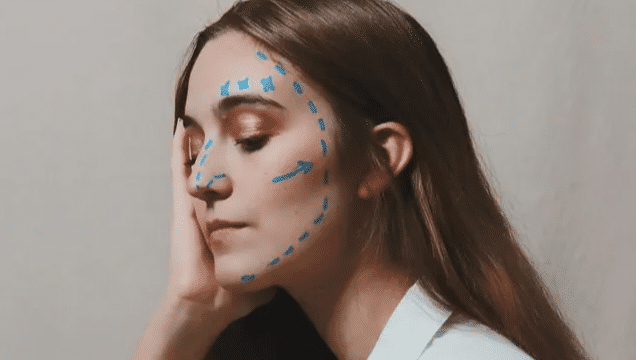According to a recent study published in the journal Facial Plastic Surgery & Aesthetic Medicine, spending more time on virtual platforms during the COVID-19 pandemic could be affecting self-image of people and forcing them to consider facial treatments, a phenomenon emerging as ‘Zoom dysmorphia’.
The authors noted that the coronavirus pandemic has seen people spending most of their time on virtual platforms with evidence showing that these work trends will continue even when the conditions improve.
Also read: Christmas to go virtual as Santa Claus plans Zoom calls this Winter
There has been a surge in patients, who are particularly concerned with acne and wrinkles.
Before Zoom took over as the metric used to value one’s appearance, people used selfies and photo editing apps to create filtered versions of themselves.
Dubbed as “Snapchat dysmorphia”, the desire of people to look more like their edited pictures have caused widespread concern for its potential to trigger body dysmorphic disorder.
The authors noted that in 2019, 72% of the American Academy of Facial Plastic and Reconstructive Surgery members reported seeing patients seeking cosmetic procedures to improve their selfies.
Also read: From Pfizer, Sputnik V to AstraZeneca: A list of COVID-19 vaccines in clinical trials
The reasons behind this necessary self-image are that during real-life conversations, people do not see their faces speaking and displaying emotions, however in video calls, people can compare their faces side-to-side with others.
The researchers noted that it is important for patients to recognise the limitations of webcams and understand that they are, at best, a flawed representation of reality.
To further deconstruct the motivations behind this influx of patients in the era of Zoom, the authors turned to the facial feedback hypothesis.







